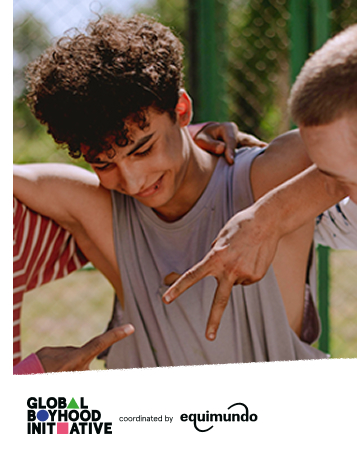Are you a parent or teacher wondering how to tackle conversations about gender and identity with young kids? We have put together some definitions for you to use. These are adaptable for different ages and maturity levels.
- Difference or diversity: We are all wonderfully different. It’s great to get to know people who are different from us. Everyone should be treated equally despite our differences. It can be bad if we use differences to keep people apart or treat them unfairly.
- Gender equality: The equal treatment, opportunities, and rights of all people, no matter their gender, sexuality, or other factors. Everyone should have the same opportunities to learn, love and grow.
- Feminine or femininities: The things our society expects of girls and women, including how they should act, what qualities they should have, or what they should look like. For example, society typically expects women to be quiet, agreeable to men, and to prioritize their physical beauty.
- Masculine or masculinities: The things our society expects of boys and men, including how they should act, what qualities they should have, or what they should look like. For example, society typically expects boys or men to be strong, hide their feelings, and play sports.
- Non-binary: A term describing anyone whose gender identity does not fit into the gender binary of man/woman or boy/girl. People who are non-binary often use the pronoun ‘they’ instead of ‘he’ or ‘she.’
- Gender identity: The inside feeling of being a boy, a girl, both, neither and everything in between. People express their gender identities in different ways.
- Transgender: Sometimes, the sex decided by the doctor at birth might not match how that person feels. For example, someone labeled a ‘girl’ at birth might feel inside like a ‘boy’, or perhaps not like any gender. Such people are called transgender (or trans) people.
- Gender: Expected behaviors and characteristics of girls, boys, non-binary people, or other genders. People often expect others to behave a certain way based on their gender, and we might feel pressured to live by these made up rules about what people of different genders are supposed to be like. Gender is not biological. People’s genders don’t always match their sex assigned at birth.
- Sex: When a baby is born, the doctor says they are a boy or a girl based on the appearance of their genitalia, and sometimes their hormones and chromosomes. This is their ‘sex.’
- Sexuality: A word that describes being attracted to someone, being in love and being in a relationship. It includes what we feel as well as what we do.
- LGBTQIA+: A short description of a range of identities related to people’s gender and sexuality. The letters stand for lesbian, gay, bisexual, transgender, queer, intersex, and asexual, with a plus sign for additional identities.
- Gender norms: The things our society expects of people of different genders, whether you are a boy, a girl, both, neither or anything in between. It includes how you are expected to behave and what society thinks you should be like, based on your gender.
- Gender stereotype: A widely held, over-simplified idea of a particular group or type of person, based on their gender.
View and share these definitions Instagram below.
View this post on Instagram
View this post on Instagram
View this post on Instagram
View this post on Instagram

